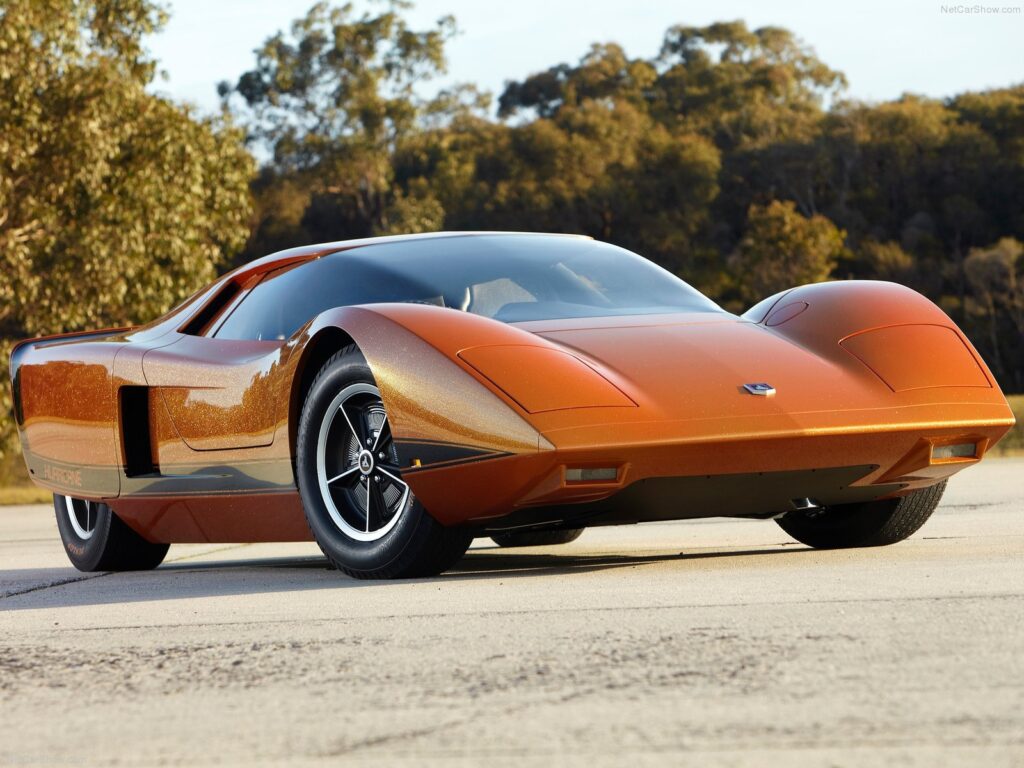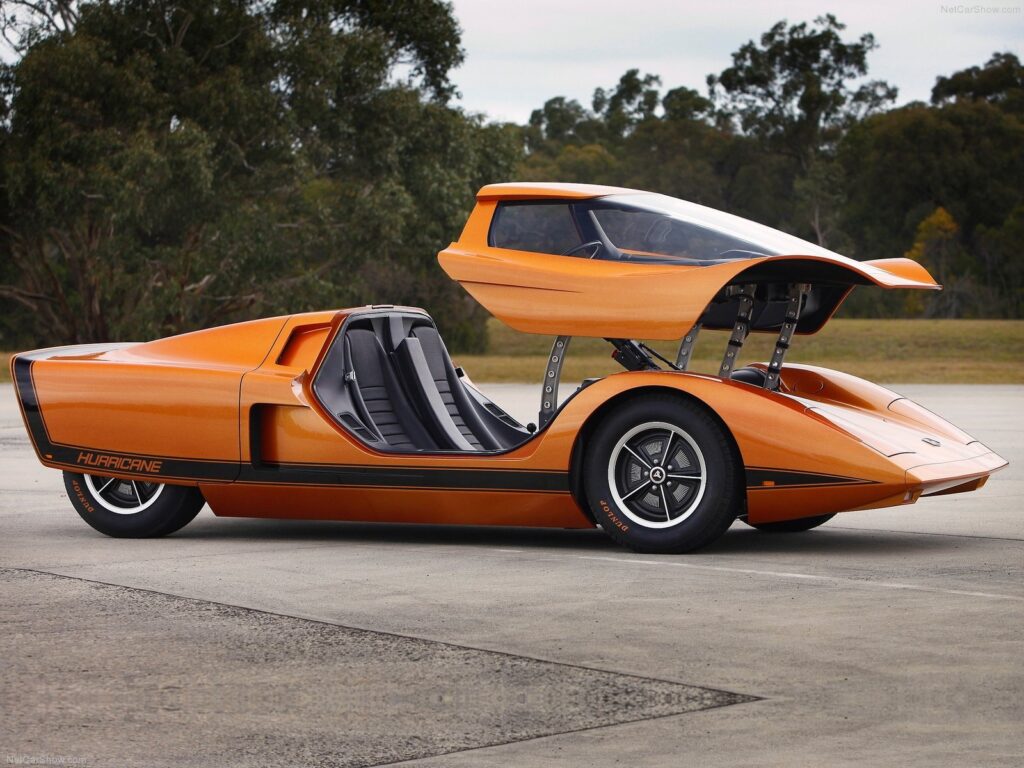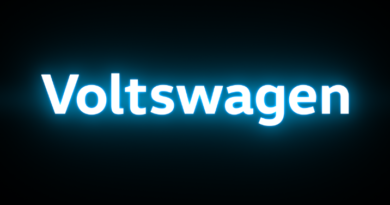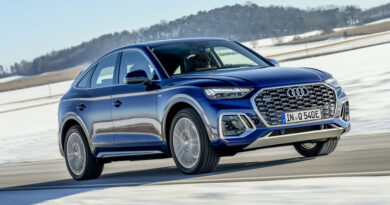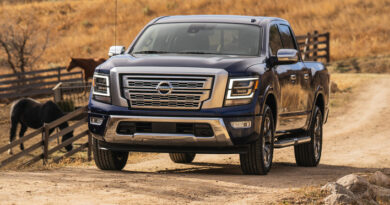Holden’s EV future: What could have been
Ever wondered what a Holden EV would have looked like?
Well, here it is, in all its futuristic glory. Actually, here are two electric concept cars that show the breadth of Holden’s design and engineering talent.
Granted, they’re not real cars, only computer-generated images. Neither will ever be built.
But they show what Holden was capable of. Each was created for EVcentral by former Holden designers to envision what could have come from Holden as the car world transitions to electric vehicles.
The first is a four-seat supercar and the second is a mid-sized SUV, each powered purely be electricity.
Between them they perfectly summarise the innovation and inspiration from some of the designers who helped create some of Australia’s most loved and iconic cars.
The supercar- which continues Holden’s passion for performance – is the work of Peter Hughes, a man who bleeds red, as the Holden faithful like to say.
As Holden’s former designer manager of exteriors, Hughes helped shape some of the most iconic and admired Holdens of the past couple of decades, including the born-again Monaro and VE Commodore.
For Australia Day he’s turned his attention to designing the next generation of Holdens that could have been – at least if Holden as a brand had survived.
Selling up a storm: Hurricane style
Since its first car in 1948 and through many famous concept machines Holden was known for innovation.
At times the brand accounted for more than half the new car market, a dominance that has not come close since – by Holden or any other brand.
And Holden’s first concept car, the Hurricane, is proof of such innovation and clever engineering.




The Hurricane from 1969 was Holden’s first concept car and an indication of the innovation of designers and engineers of Australia’s best-loved car maker
The sleek two-seater was unveiled in 1969 and had an early form of in-car navigation. It even included a reversing camera.
What is less known is that the Hurricane had a 21st century sibling in the form of the Super Ute, a stalled top secret project from 2009. It used existing GM components – including the Holden ute architecture and a modest four-cylinder engine as part of a PHEV system – to create an electrified stormer of a supercar.
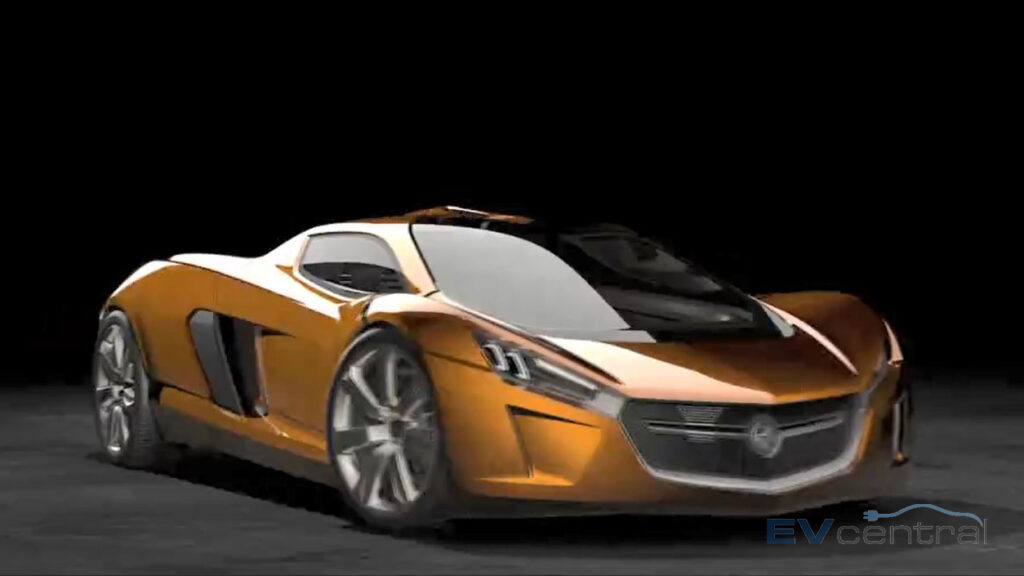
With an electric motor for each wheel, internal modelling suggested the Super Ute would blast to 100km/h in 2.3 seconds.
It was an electric Holden to take on Ferrari and Porsche.
Crucially, the Super Ute proved to Holden’s parent company, General Motors, that it understood the shift to EVs and could contribute within an increasingly globalised GM world.
EV-H01: the electric Holden supercar
Peter Hughes has evolved that Super Ute thinking to create the Holden EV-H01.
Like the Super Ute, the EV-H01 is focused on performance – lots of it.
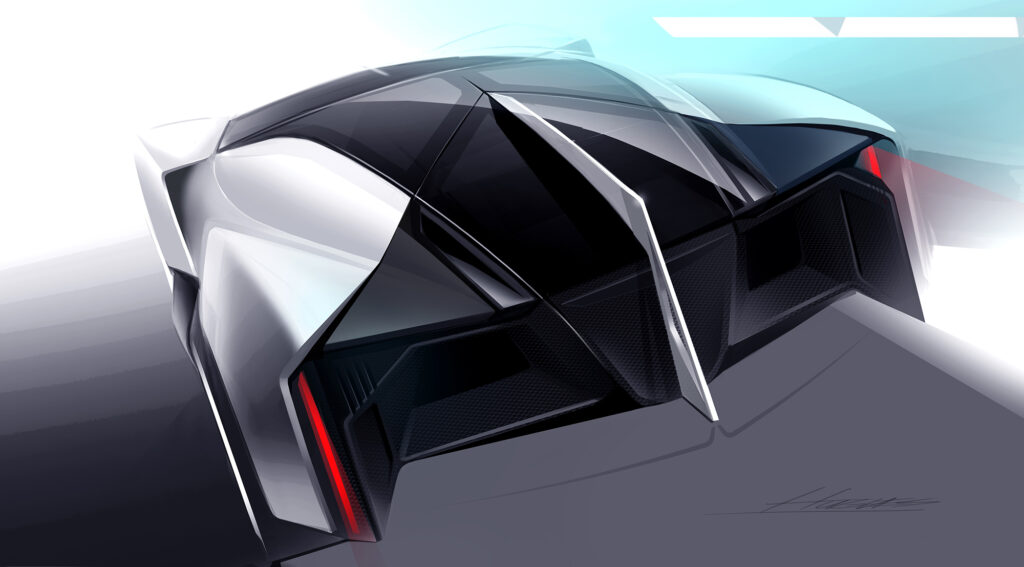
He also says it has been inspired by Holden’s long-time DNA of being fun to drive.
“Really it’s designed as a showcase to highlight GM’s global technology,” says Hughes, who points out that electrification allows designers to approach vehicles differently.
“The number one thing is it doesn’t breathe at the front so you don’t need a conventional grille,” he says.
“We were looking at ways of how you do the front face of an EV Holden.”
Hughes also says the low positioning of heavy battery packs and the compactness of electric motors allowed for good proportions with short overhangs front and rear.
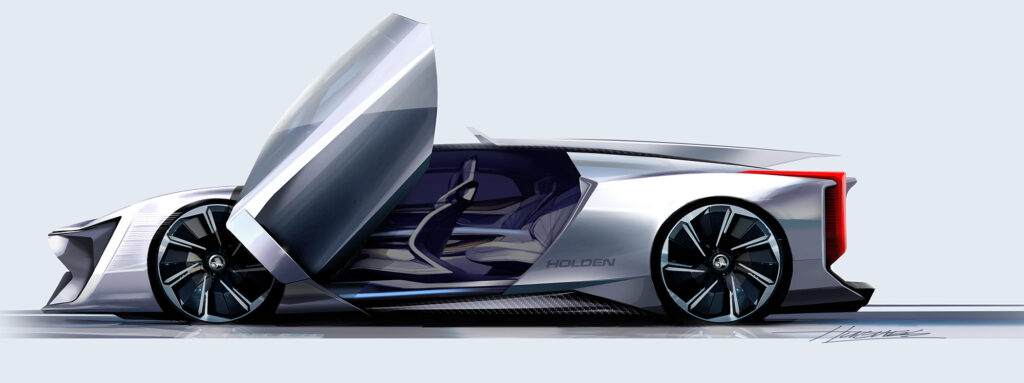
Lightweight aluminium and carbon-fibre make up the EV-H01’s construction and underneath it rests on the new Ultium architecture that includes GM-designed battery packs. Those batteries incorporate technology that will be upgradeable.
Like the Super Ute, there’s an electric motor for each wheel, with those on the rear larger to maintain the rear-biased dynamics that Holden built its reputation on.
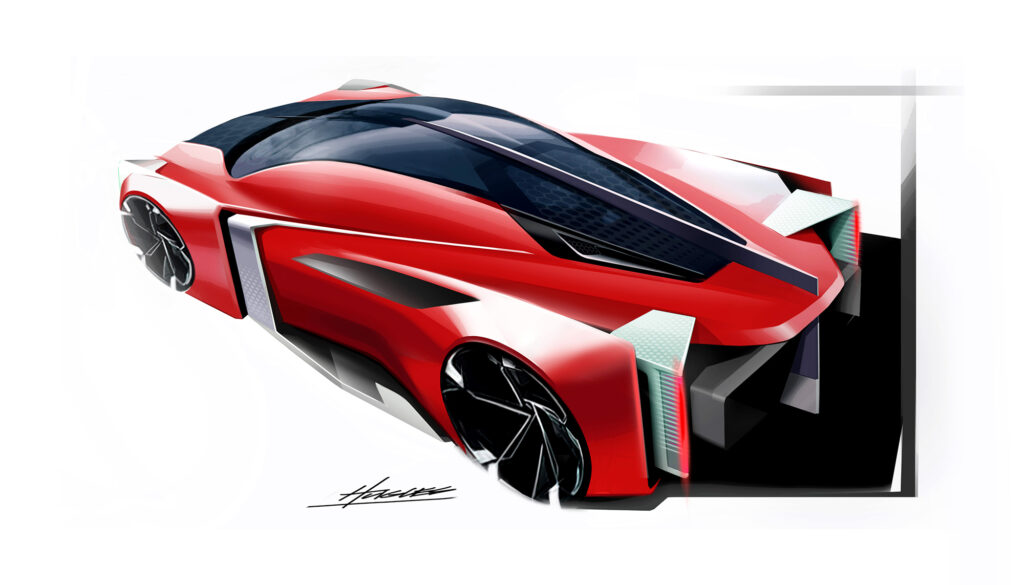
Utilising the latest advances in LED lighting allowed Hughes to create distinctive yet simple light signatures, and aero blades along the side and rear add to the purposeful look.
Hughes says the modular design of GM’s Ultium batteries and the compact design of electric motors makes it possible to fit four people in one of the most radical Holdens never created.
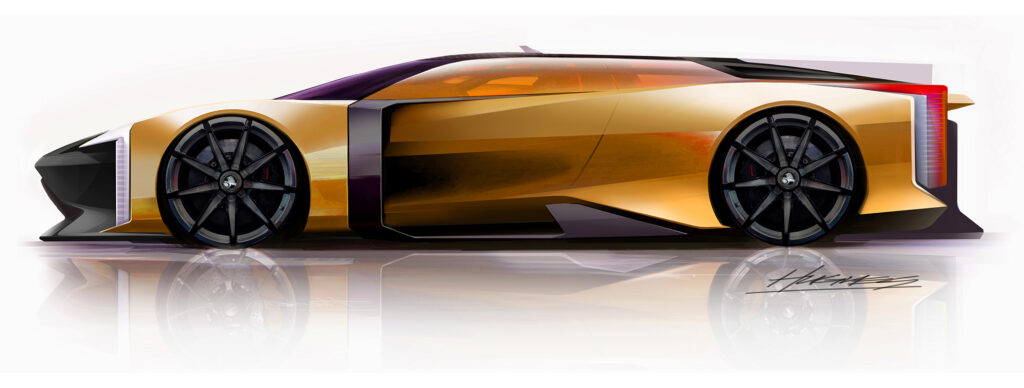
However, replace some of that load space with more batteries and the EV-H01 can take performance to the next level.
HUV-01: The modern electric Holden family car
Holden as a brand was created around family cars for Australia. From the first 48-215 (or FX Holden) and HK through to the Kingswood and Commodore, they’ve always been made for Australians.
As we’ve seen, those cars are changing.
And former Holden lead exterior designer Lee Mitchell has styled a modern interpretation of an electric Holden family car, the HUV-01.
No surprises the Holden HUV-01 is a mid-sized SUV. That’s what buyers are demanding and so many of those buyers would have previously gravitated to a Commodore.
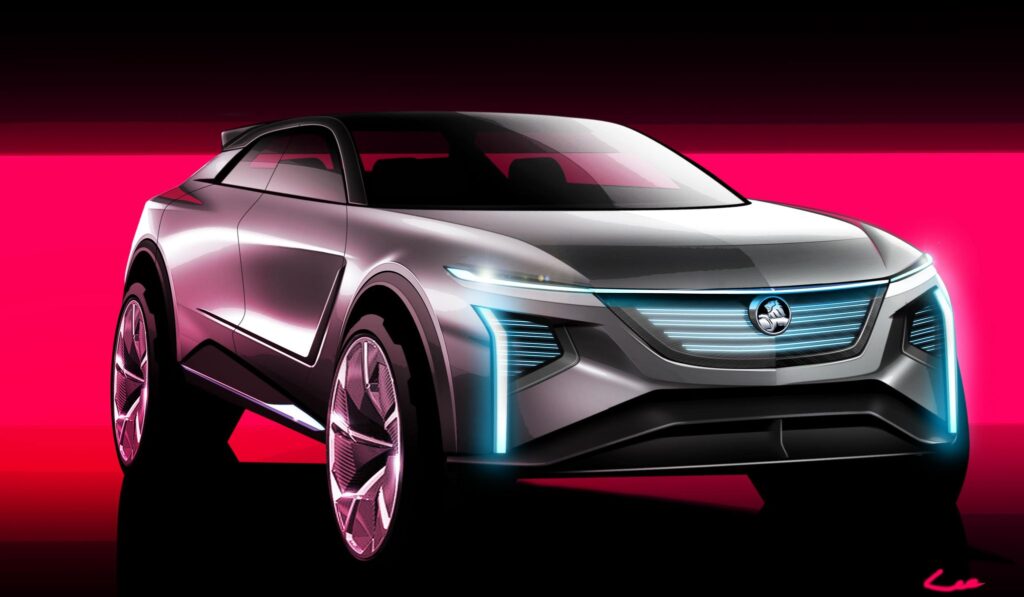
Like the radical EV-H01 above, the HUV-01 uses the flexible Ultium architecture and batteries developed by General Motors.
With value at its heart, the HUV-01 also screams style. It was designed to utilise existing components where practical but also fit within the General Motors orbit and potentially wear the badges of other brands within GM.
That’s the way Holden designers were thinking.
As with the VE/VF Commodore, sizeable wheels fill prominent wheel arches and the proportions are bold and powerful.
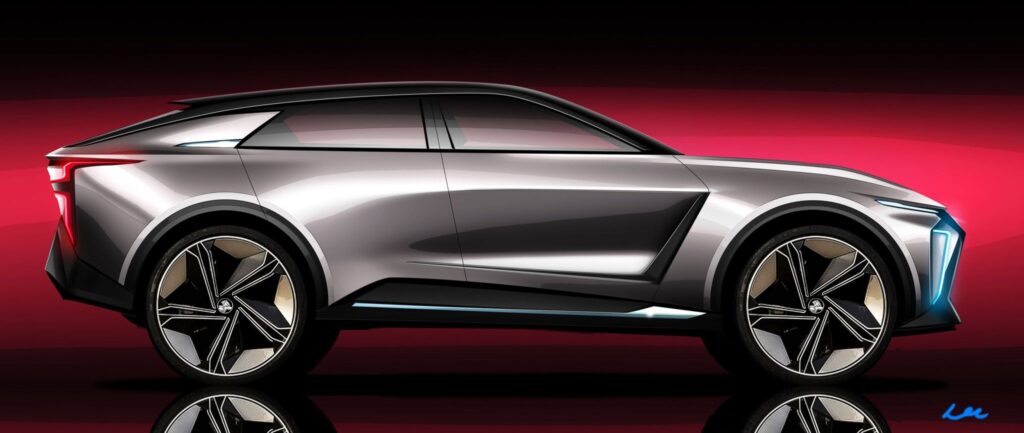
Those relatively heavy batteries help keep the centre of gravity low down and ensure that Holden handling prowess comes to the fore.
While it maintains much of the traditional face. the HUV-01 looks thoroughly modern and speaks to the technology within. Think advanced connectivity and driver assistance systems as well as the sort of comfort and space that made Holdens so popular.
The partially enclosed grille has subtle blue lighting highlights to complement the slimline LEDs that make up the face.
Holden EV: The cars that could have been
When parent company General Motors announced early in 2020 it would not only cease selling Holden-branded cars but would also close its respected Melbourne design and engineering facilities it lost some very talented people.
Peter Hughes and Lee Mitchell were two of them.
Each was part of an experienced and hugely respected team that was working on future design projects for General Motors.
When Holden stopped making its own cars in 2017 it had long stopped designing cars that would only wear a Holden badge. In the new automotive world scale is everything and anything designed in Australia had to be applicable to other brands within the GM family.
And most of it was electric, in line with GM’s mission to move to 100 percent emissions-free lineup – all the way from Chevrolet and Buick to Cadillac and Hummer. Even the Corvette supercar will soon use electric motors.
“We were working on global platforms and 90 percent were EVs,” says Hughes of his last few years at Holden.
Designers based at what was known as General Motors Australia Design worked on everything from high-performance EVs to SUVs and even light commercial vehicles.
About Peter Hughes
Few people have the passion for a brand that Hughes had for Holden.
Often working closely with Mike Simcoe – who these days is the head of General Motors design, based in Detroit – Hughes was instrumental in designing the exteriors of some of the best Holdens ever.
In his 20s Hughes styled the 1998 Commodore Coupe concept that made front page news around the country and went on to become the born-again Monaro in 2001.
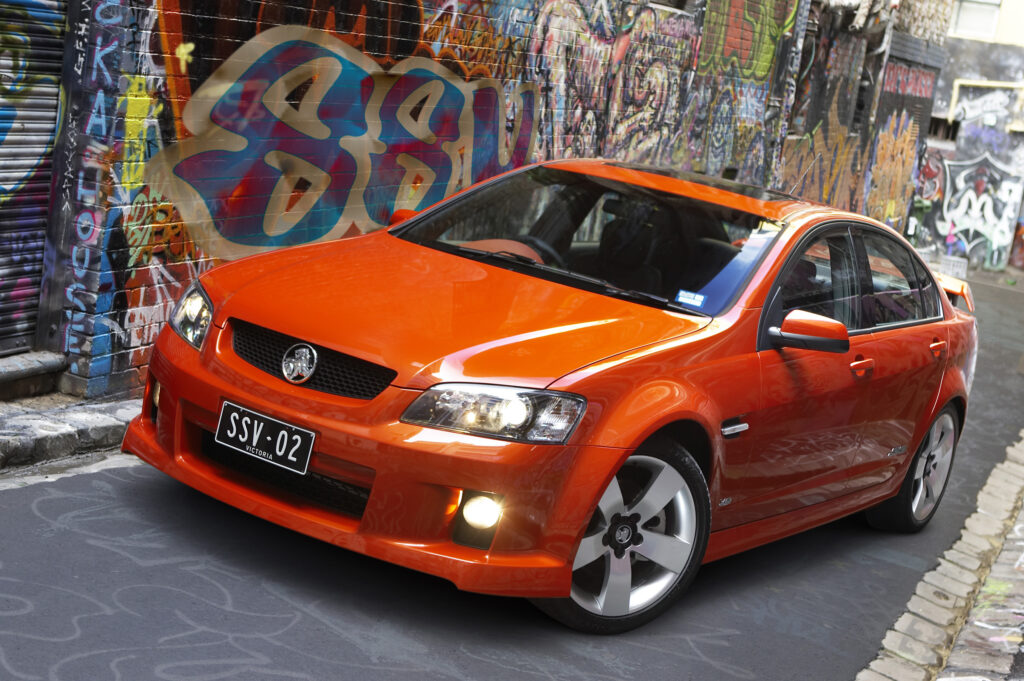
The exterior design of the VE Commodore and its updates, including the last VF Series II Commodore, were also led by Hughes.
These days Hughes does motorsport design and automotive contract work.
“I made a conscious decision to leave the corporate automotive industry and give it a go out on my own,” he says.
He also sells fantastic posters and prints of some of the most iconic (mostly) Holden race cars of the last 50-plus years.
Check them out at the Hughes Motorsport Art website.
About Lee Mitchell
As the former lead exterior designer for Holden, Mitchell was responsible for the Cruze hatchback.
The Cruze sedan and wagon were designed overseas to later wear a Holden badge, but as the small hatchback market was booming in Australia Holden designed its own Cruze hatch and it was Mitchell who took the lead.
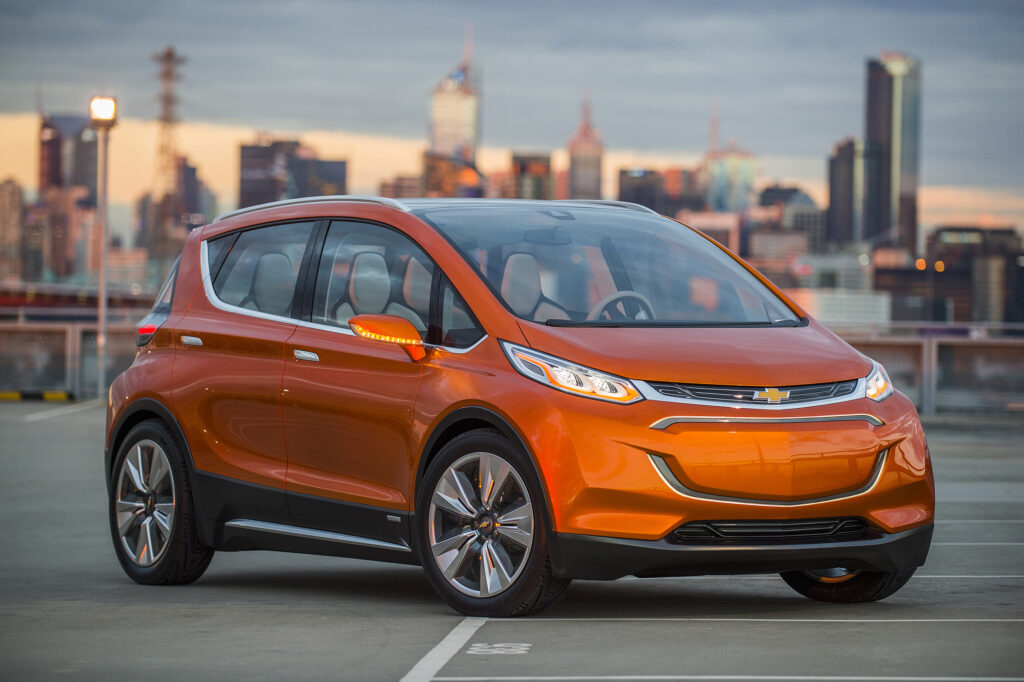
He also designed the exterior of the Chevrolet Bolt concept that went on to spawn GM’s first battery electric vehicle. The concept was presented to Australian media in secret months before it was unveiled at the 2015 Detroit motor show as a showcase of GM’s EV thinking.
Check out Mitchell’s Instagram page for some of his designs.


